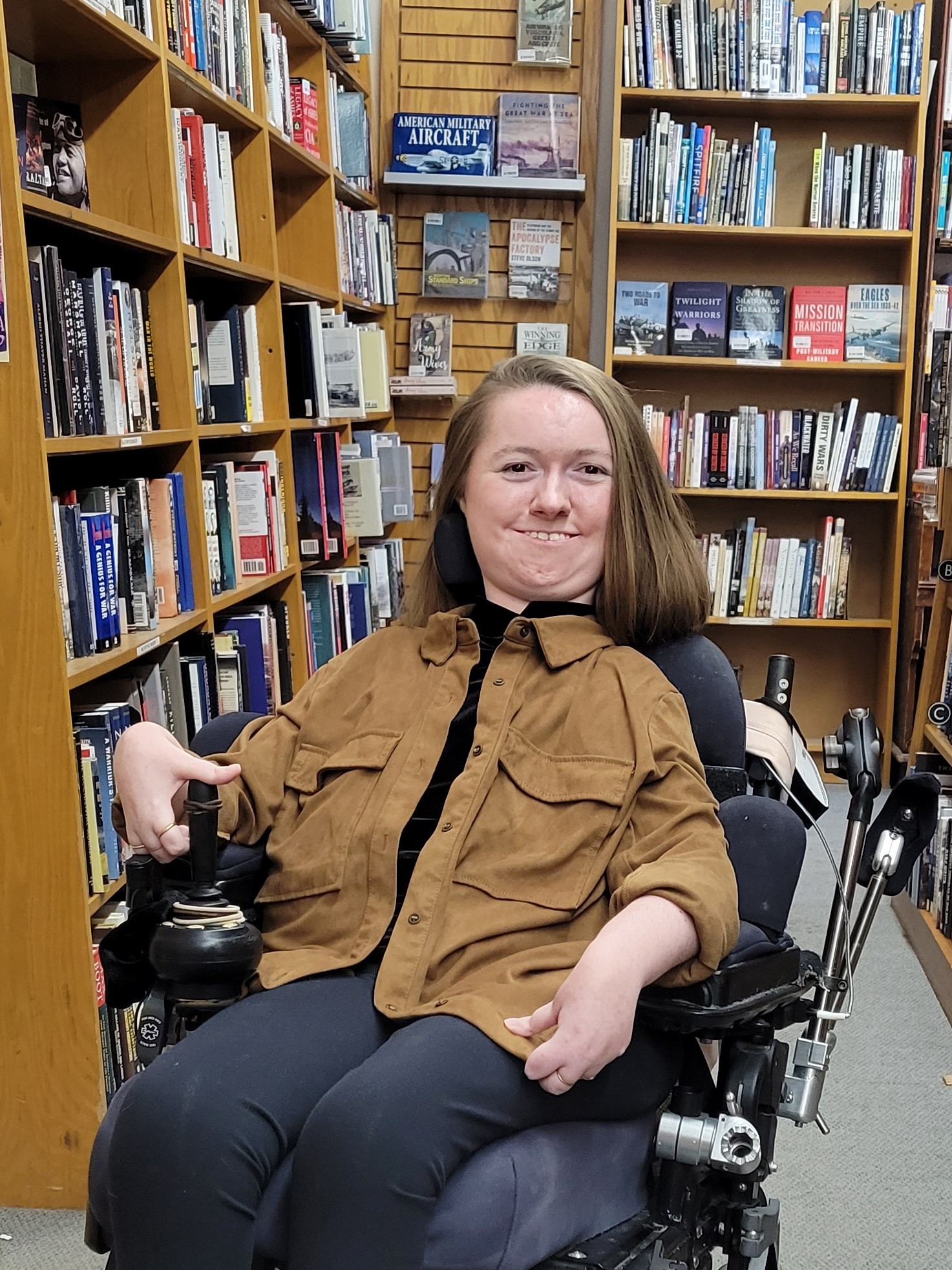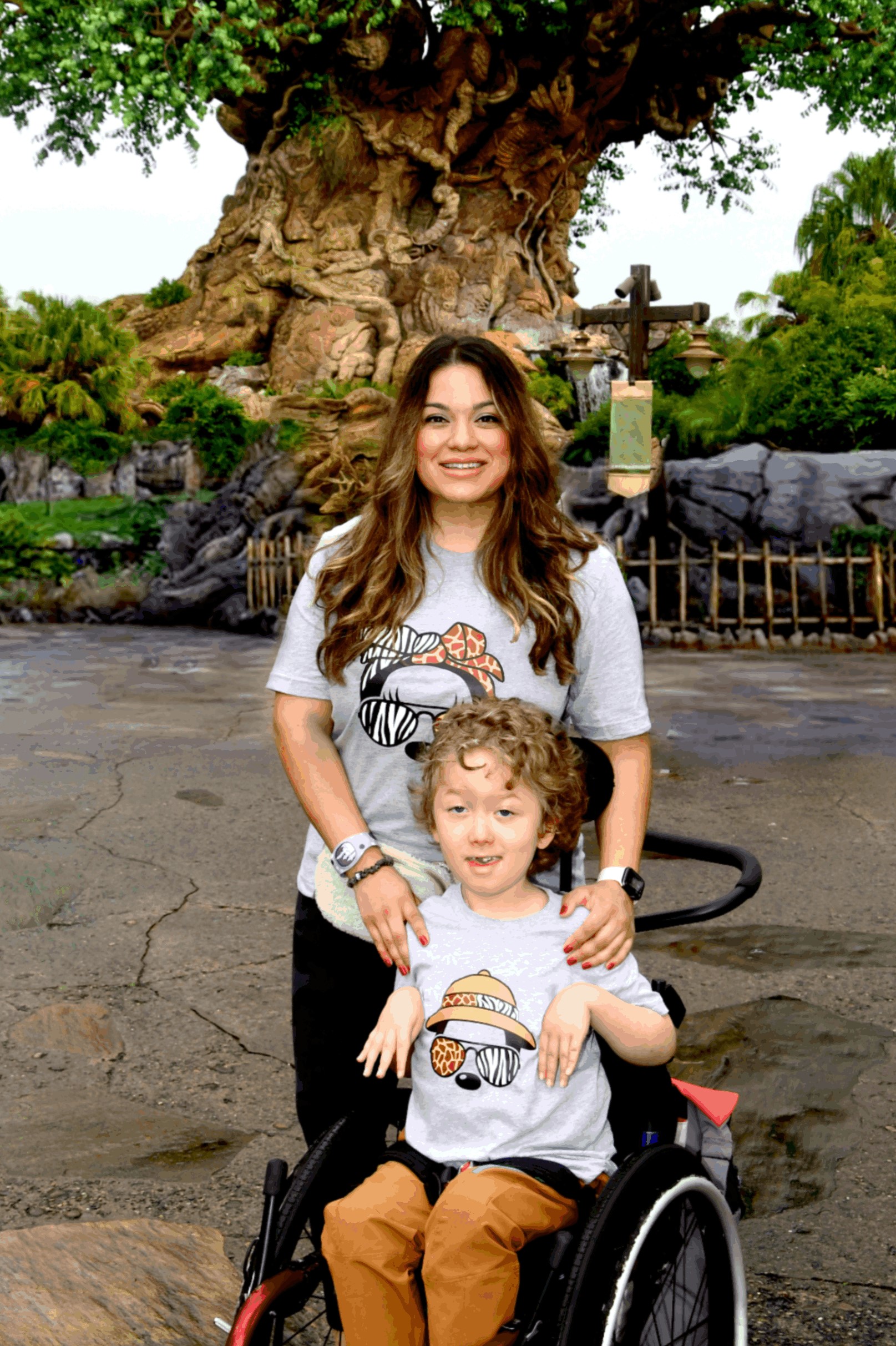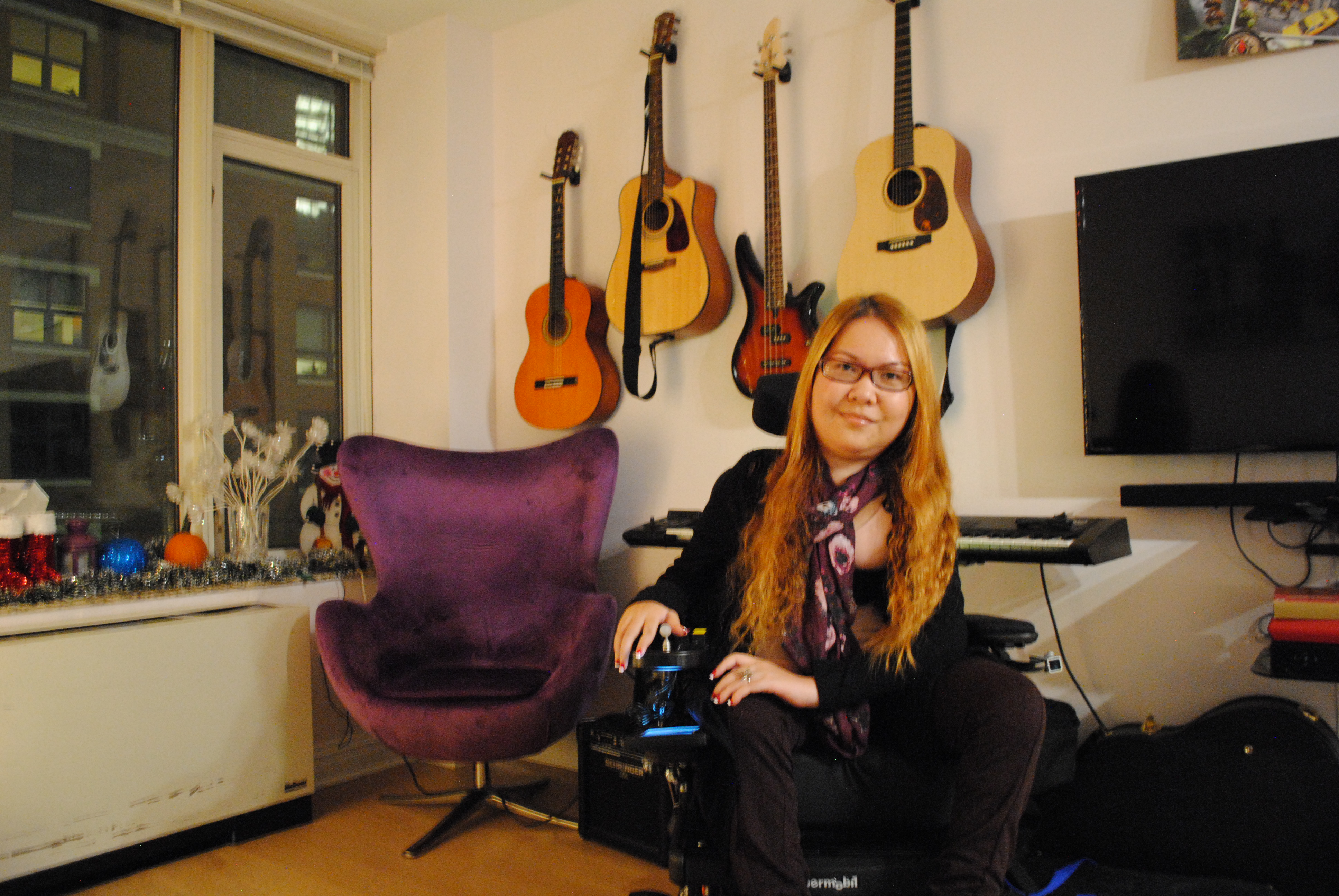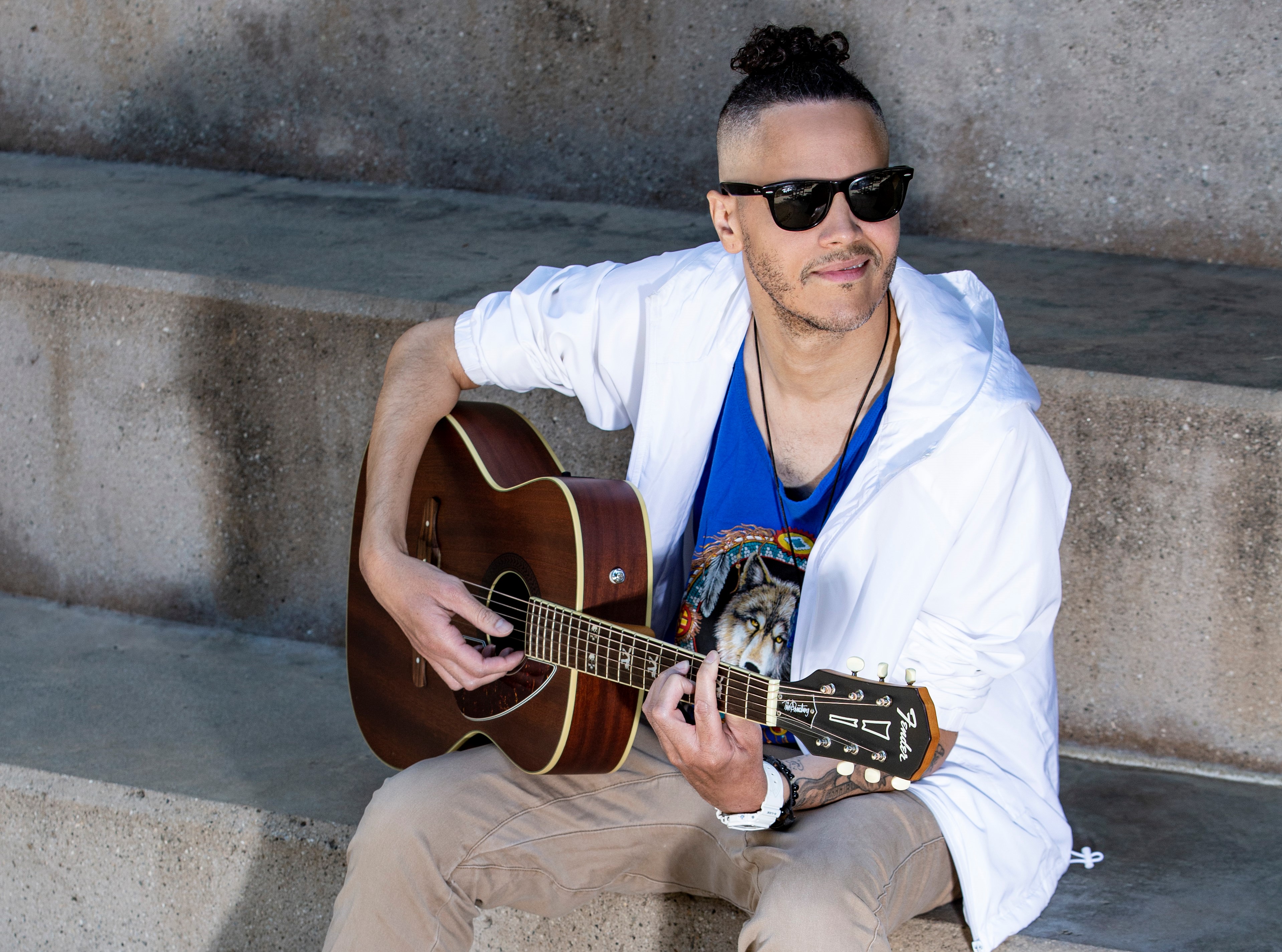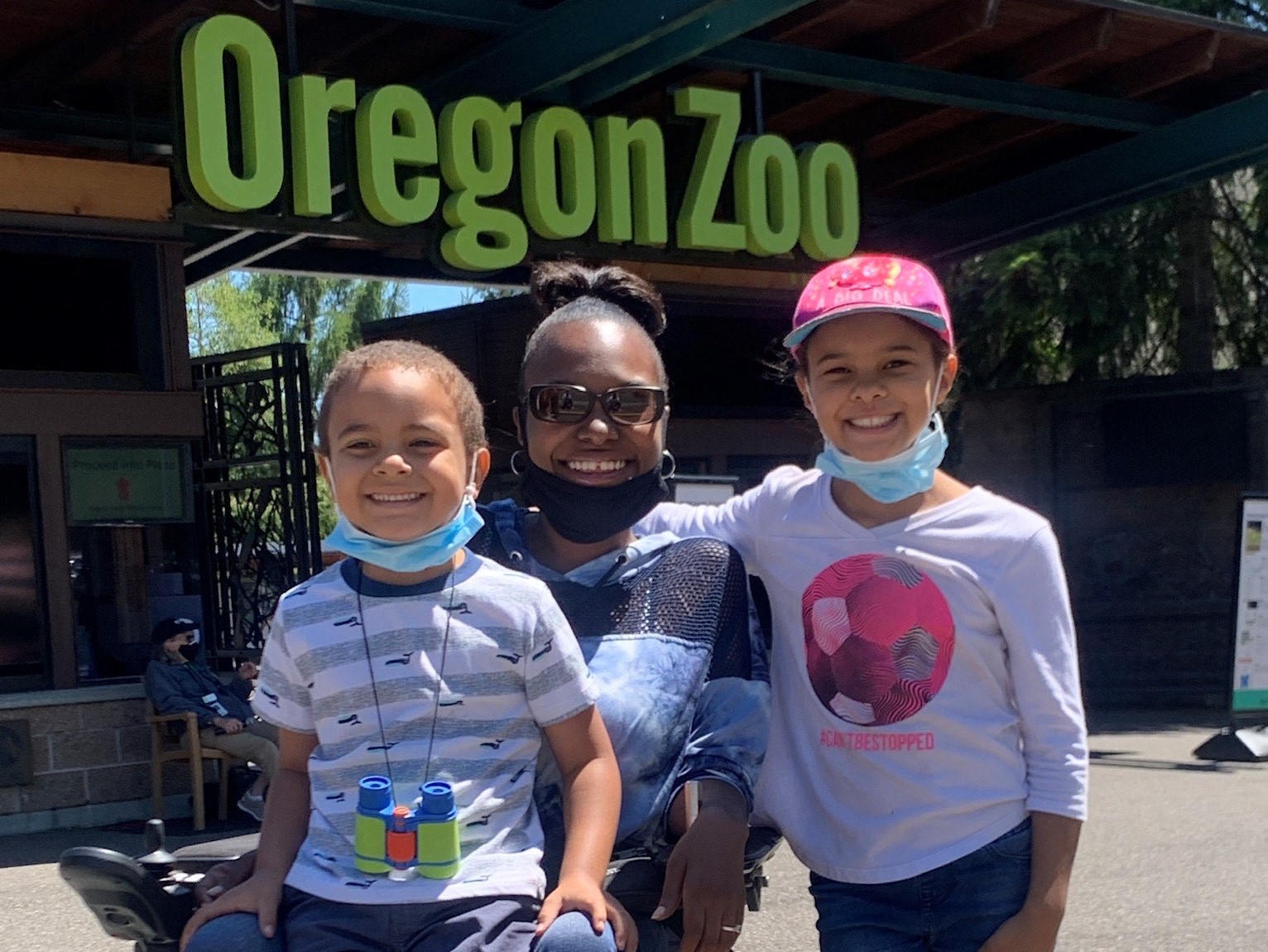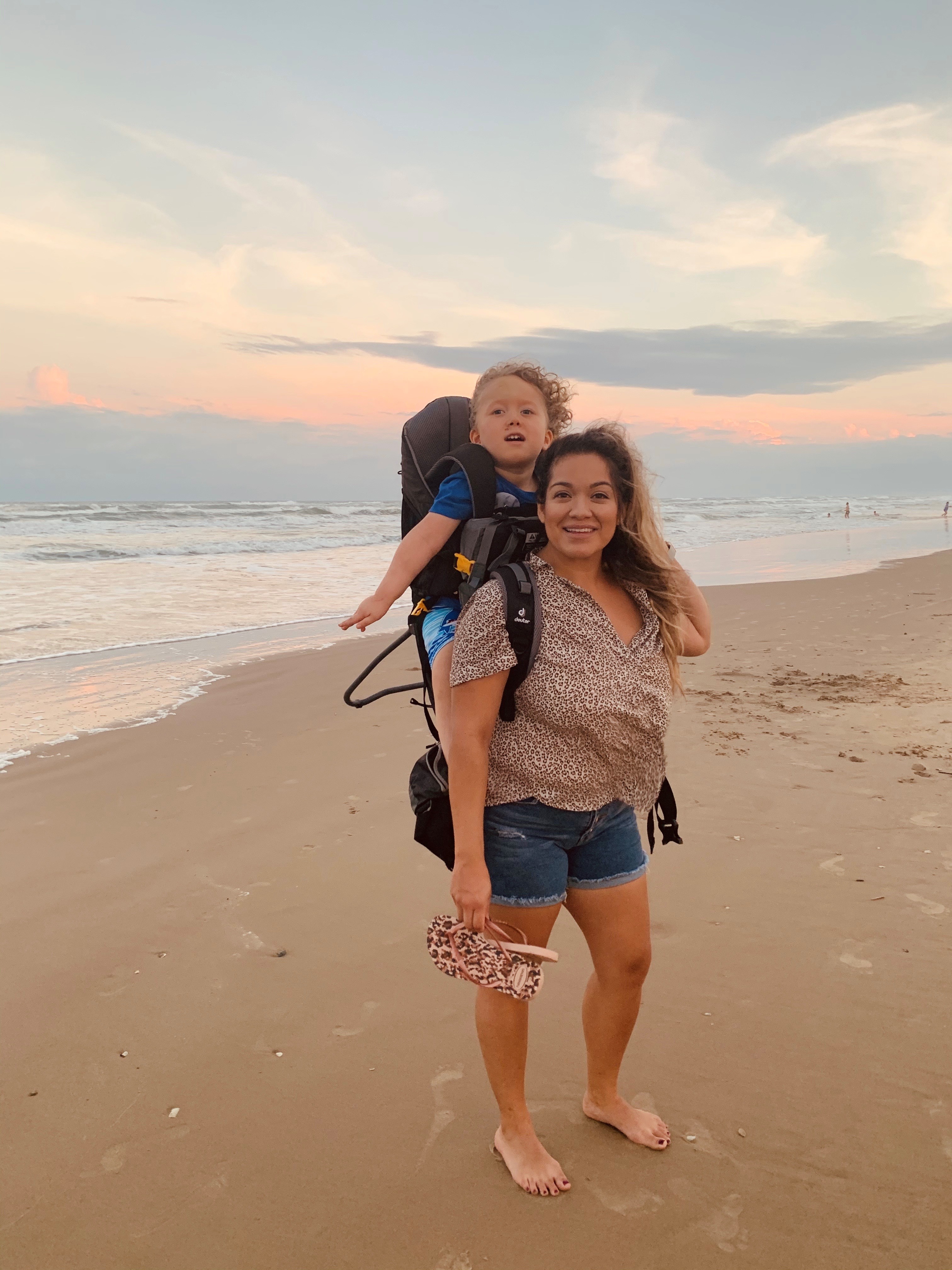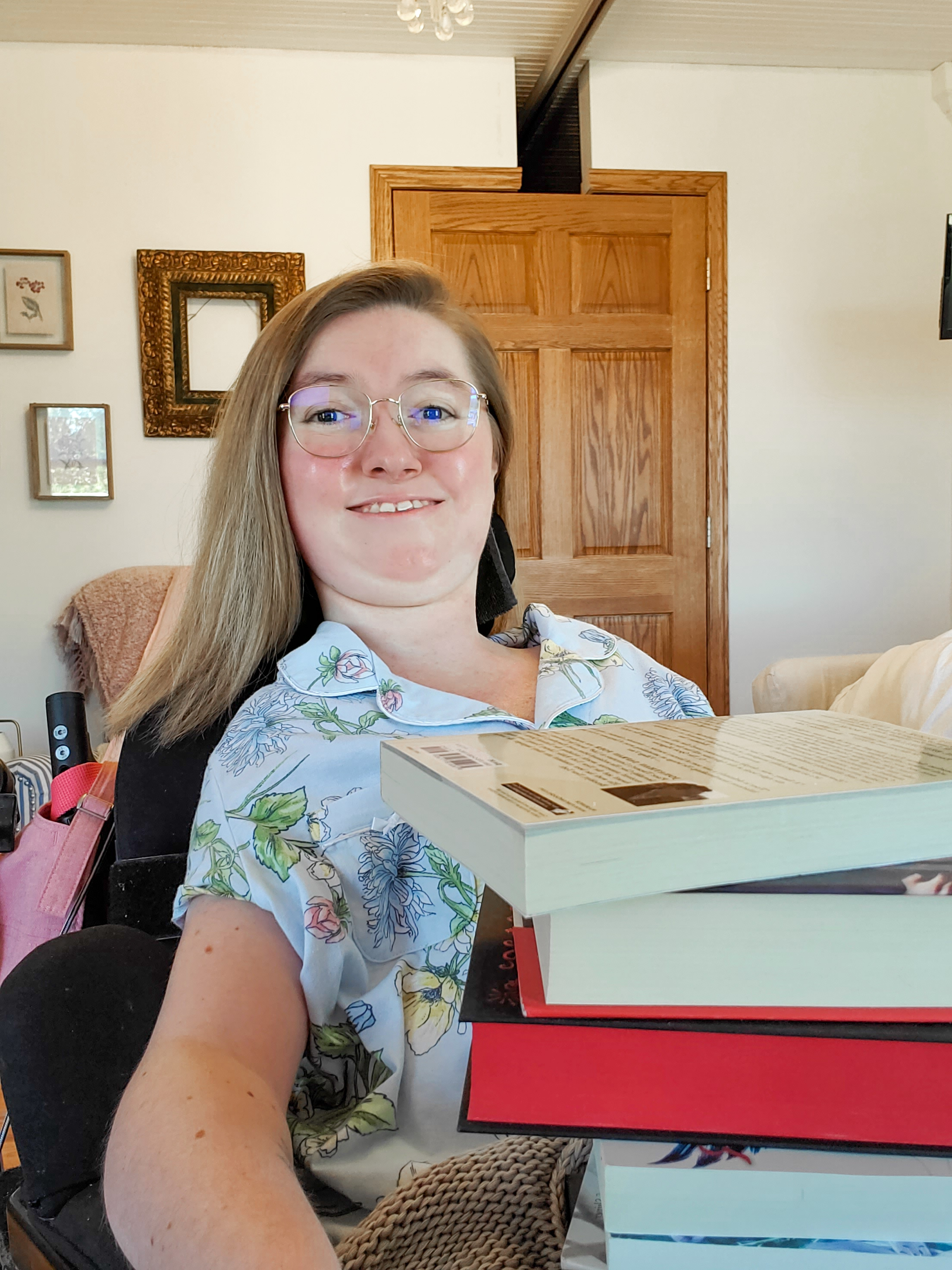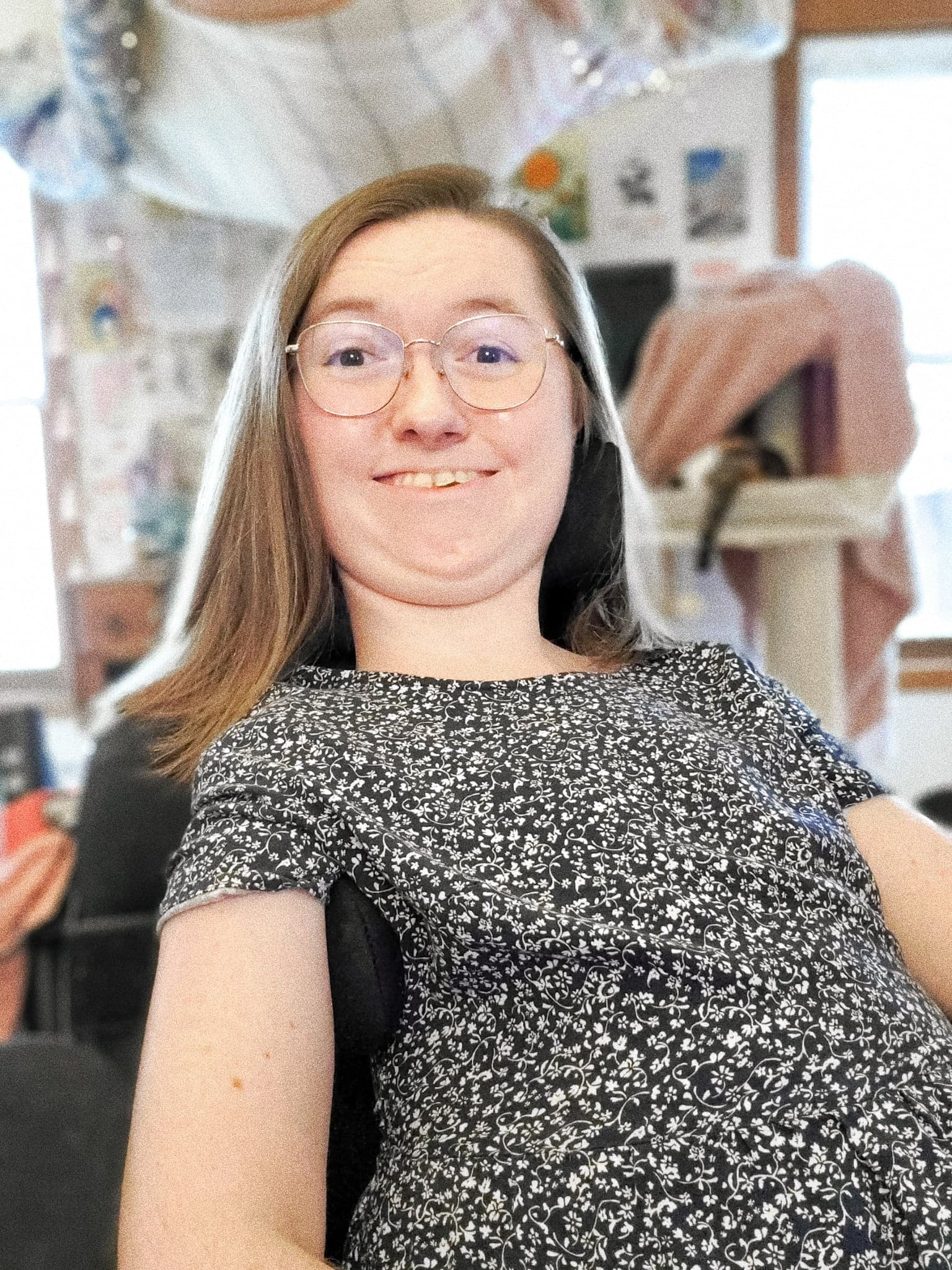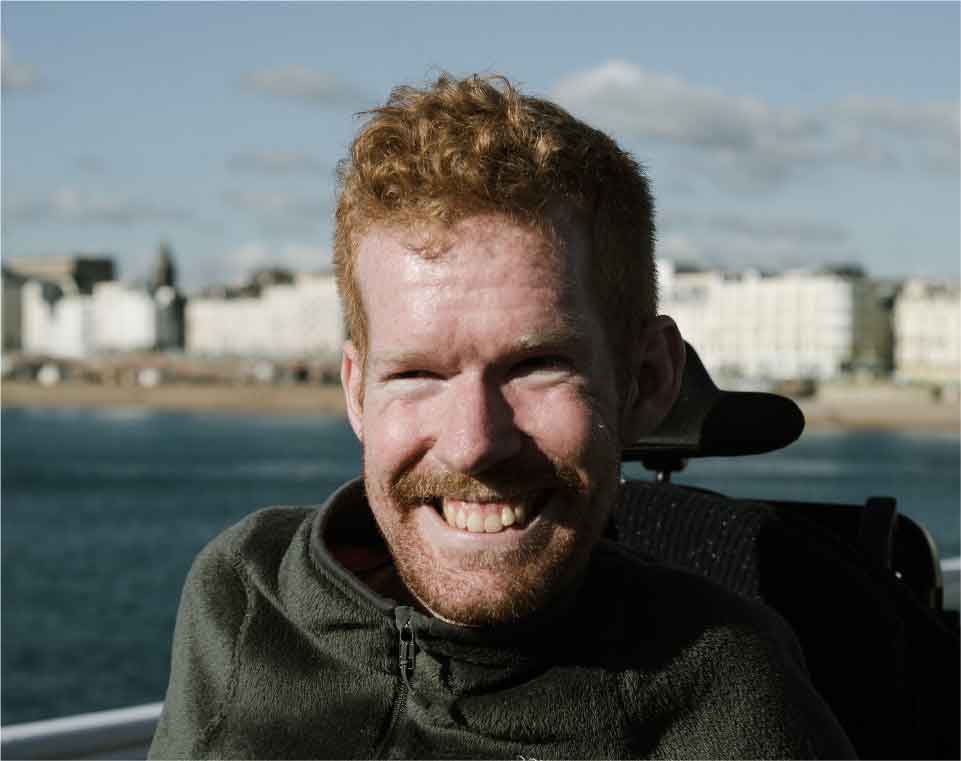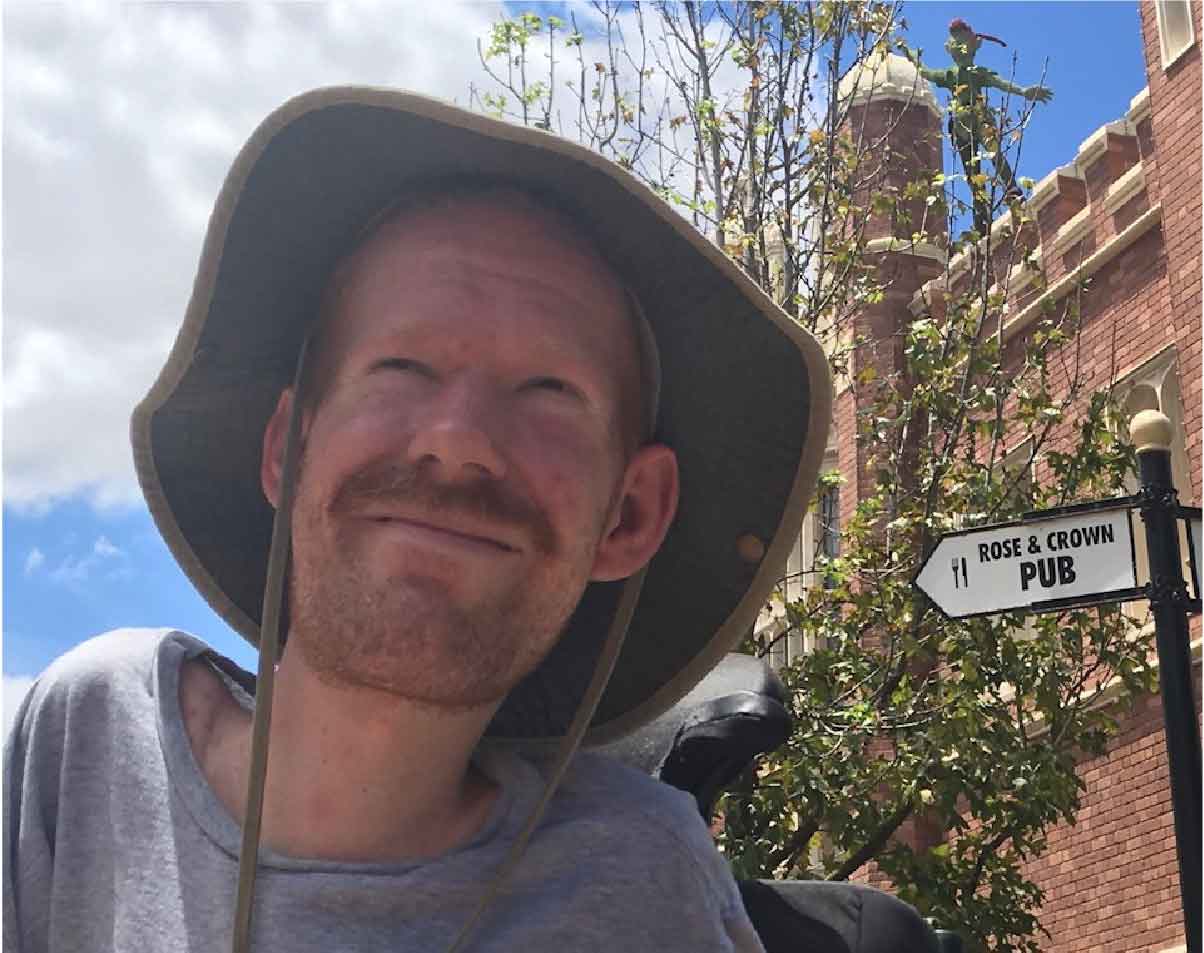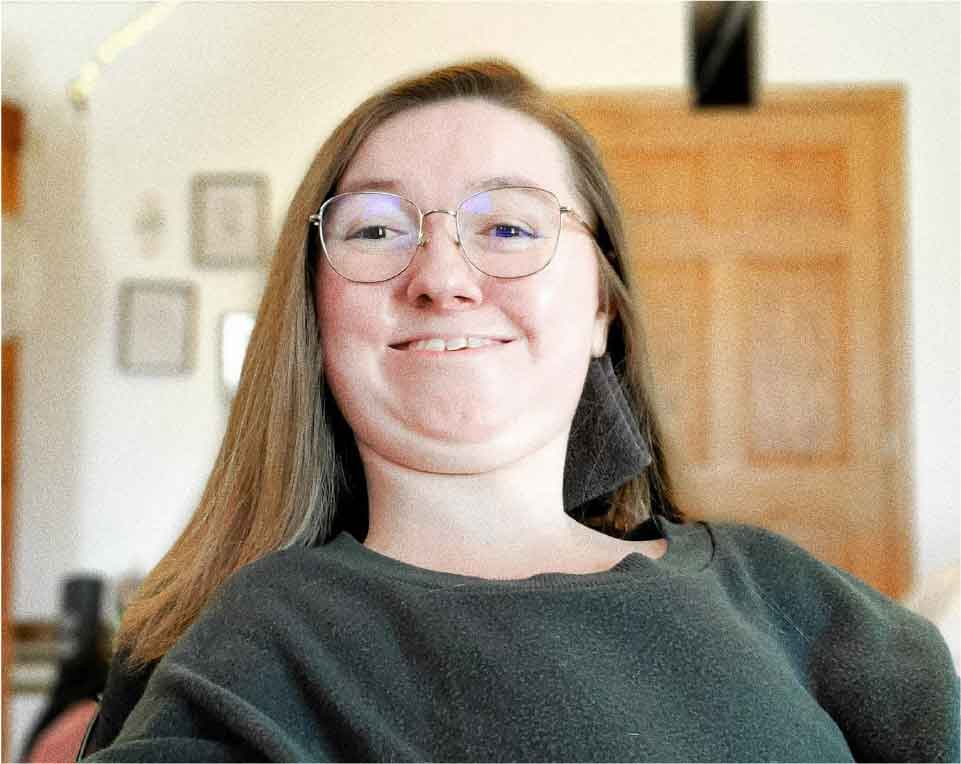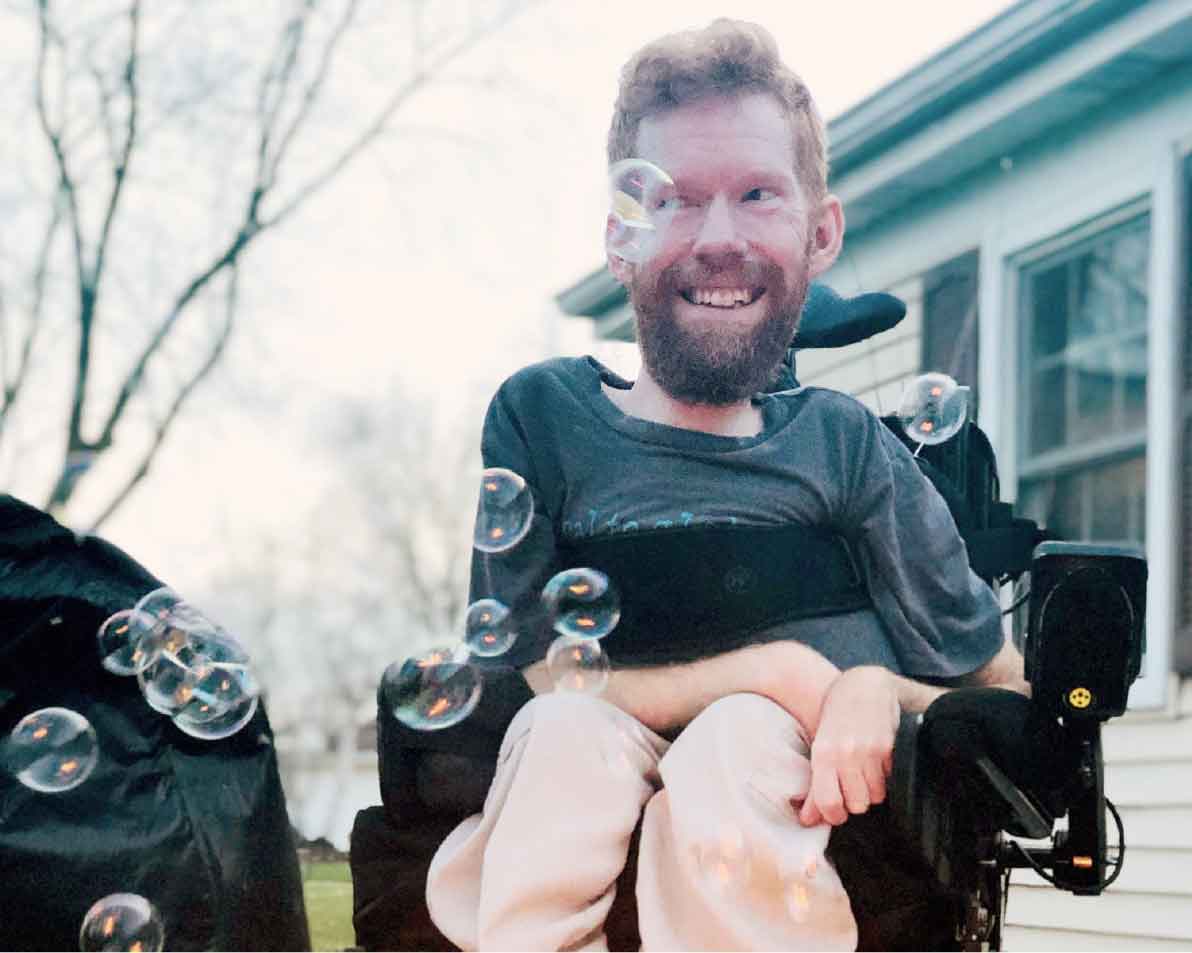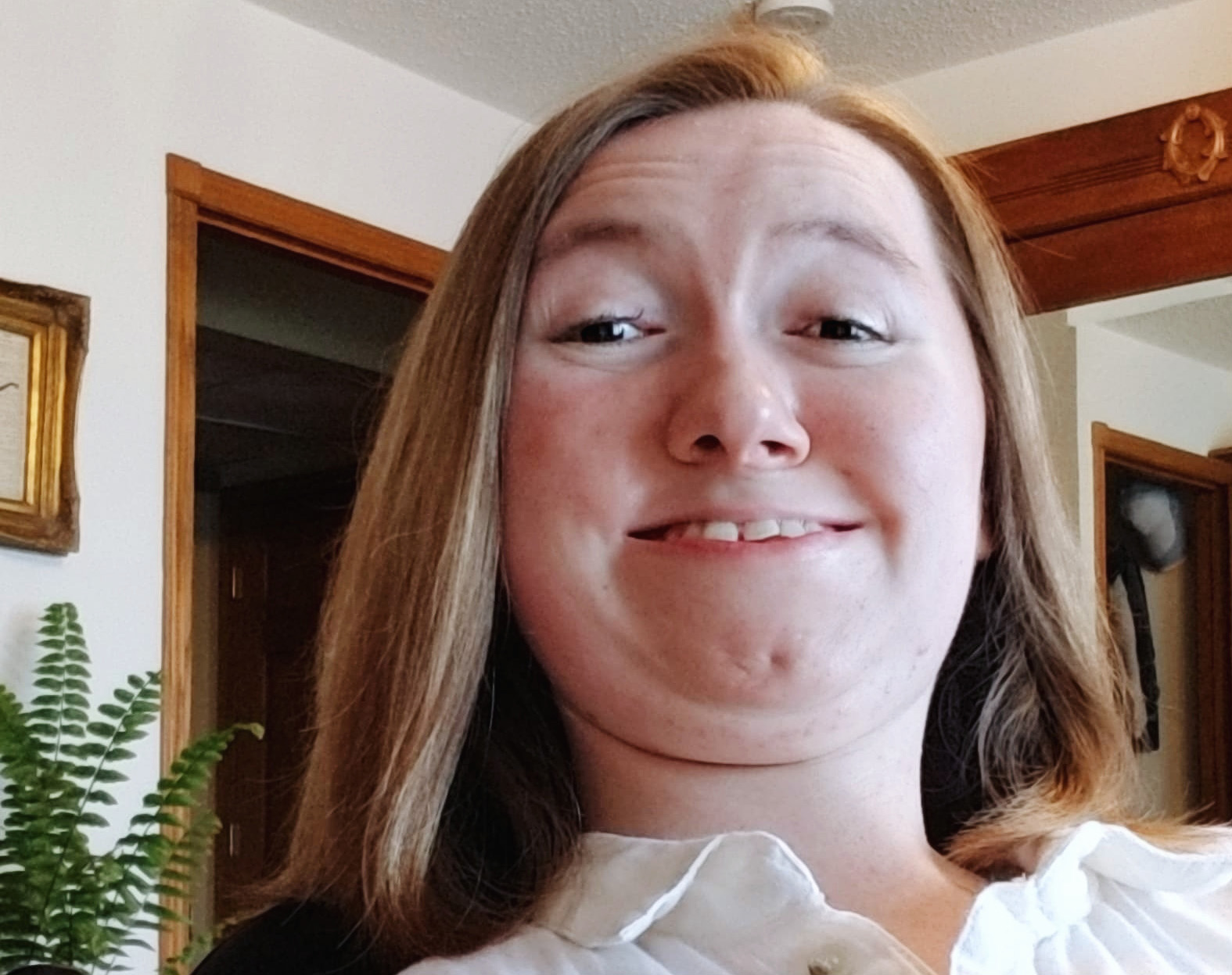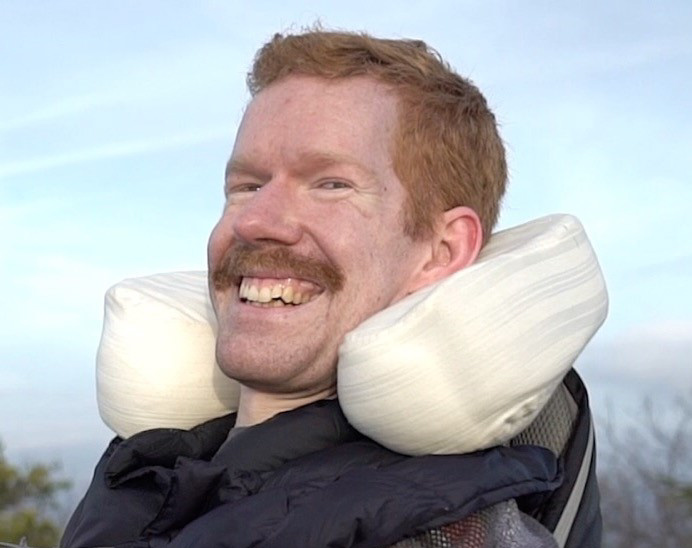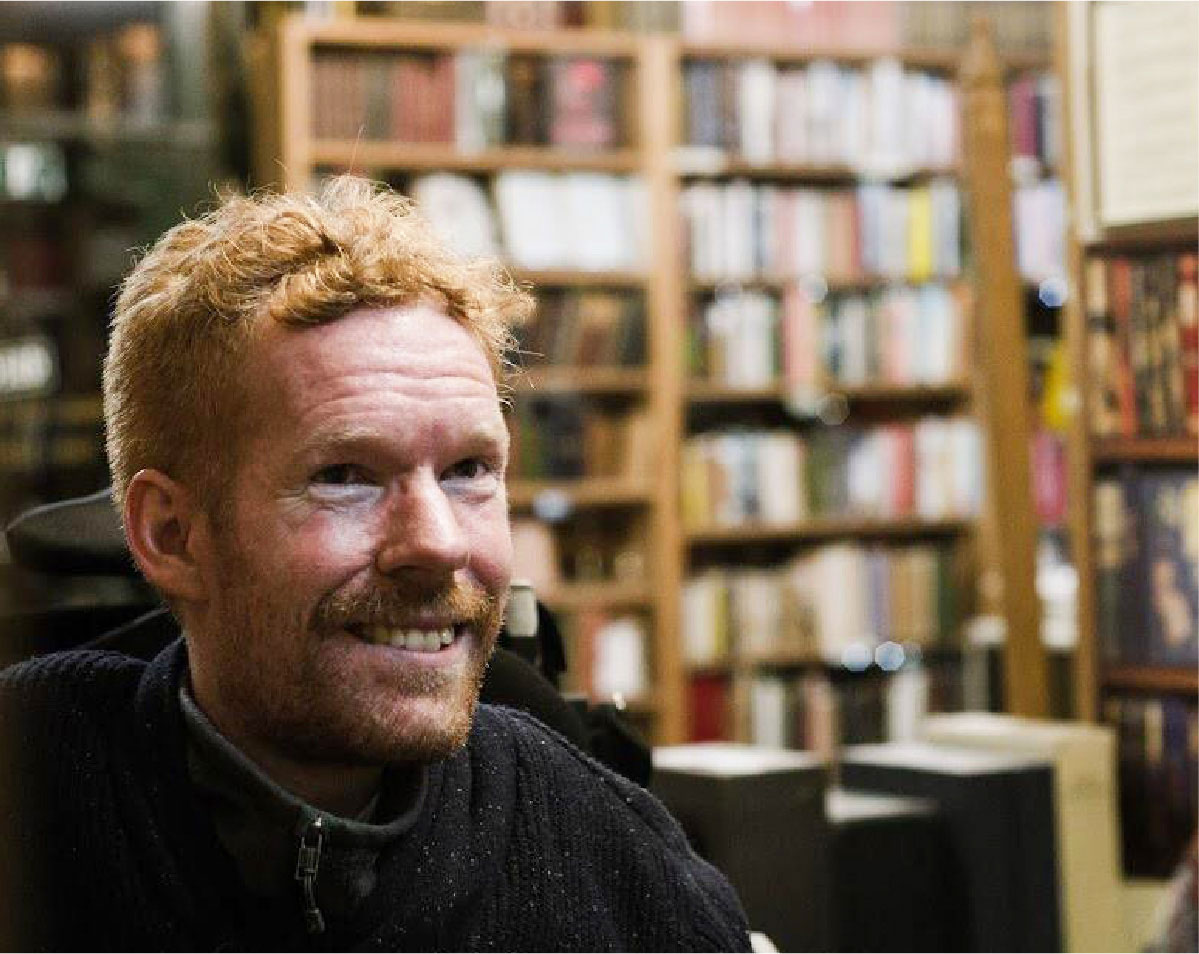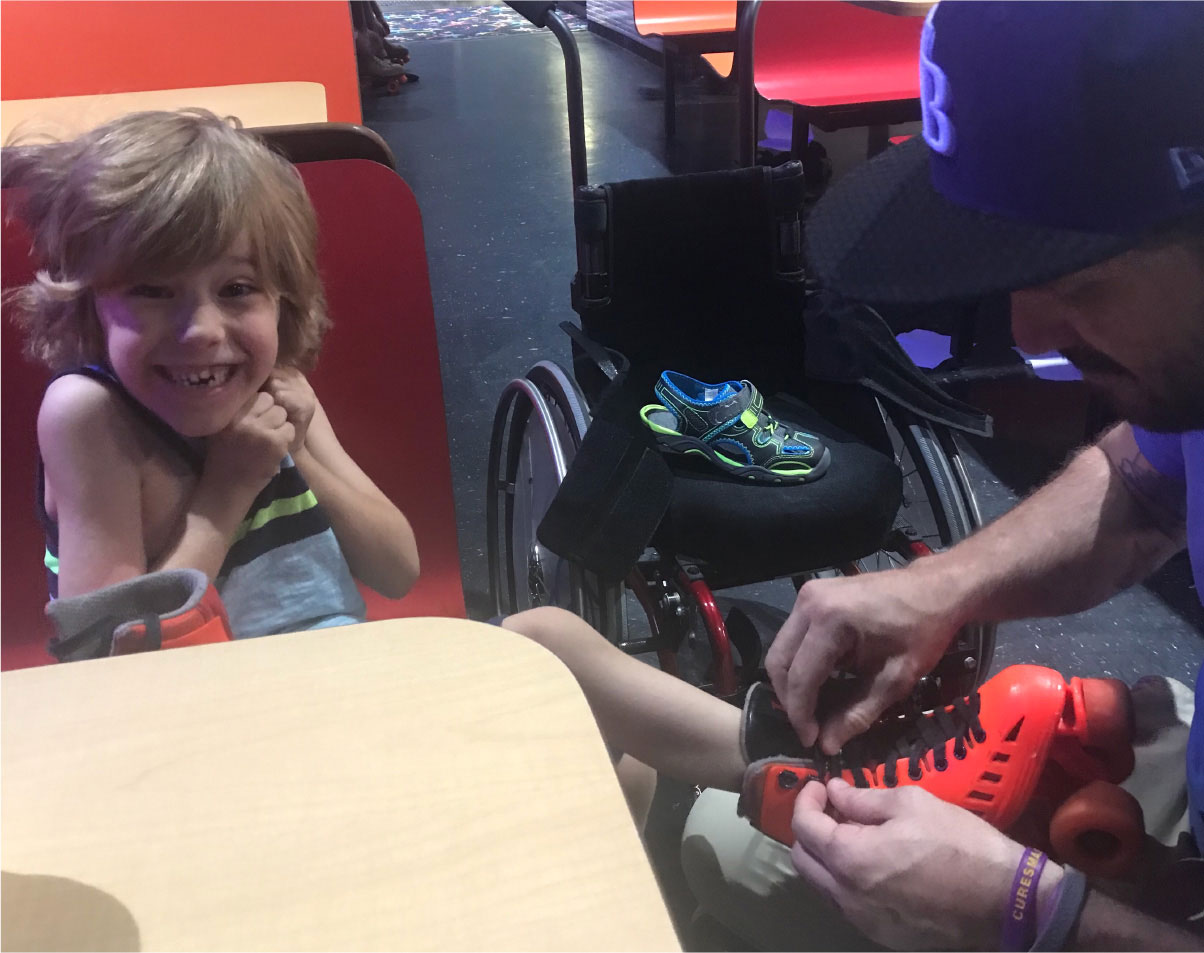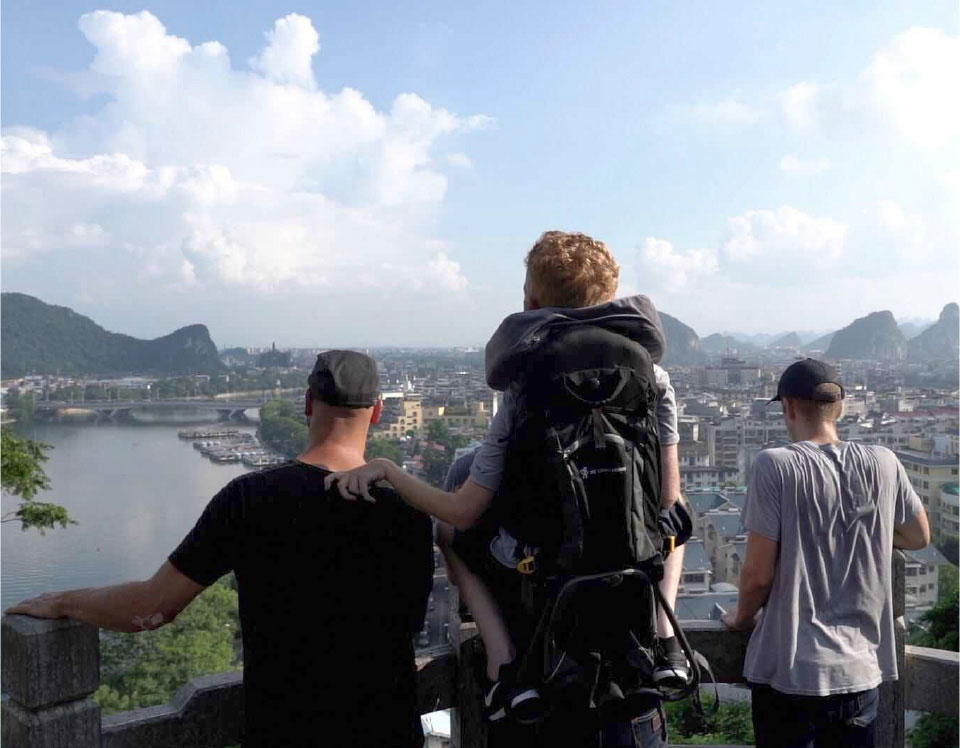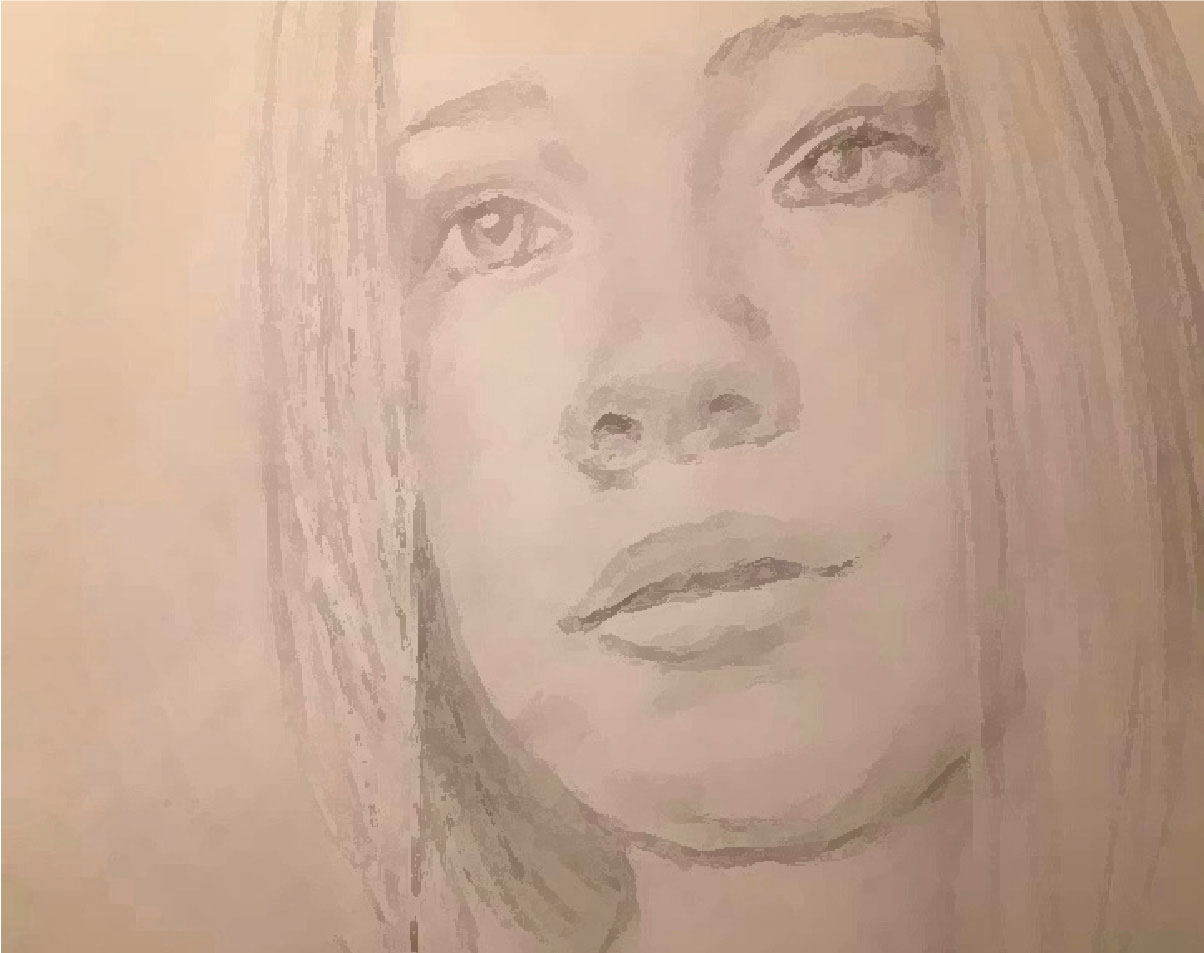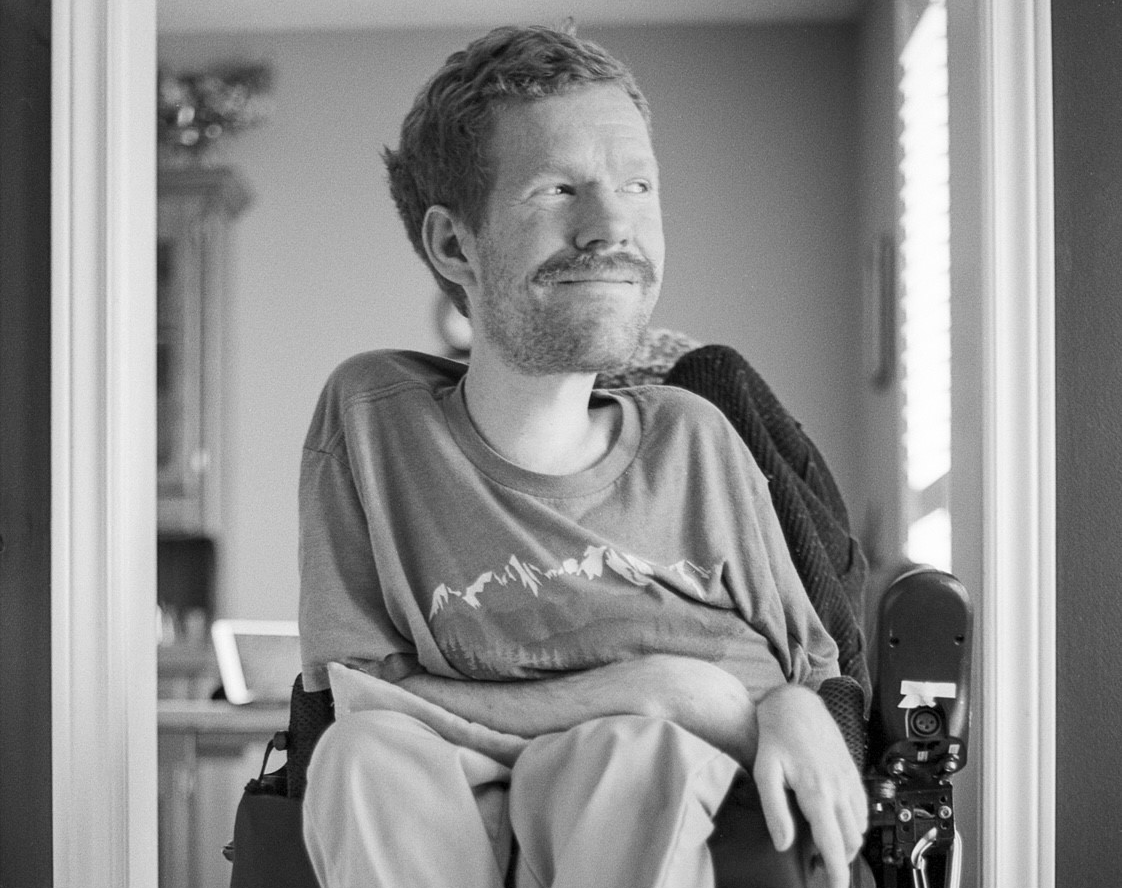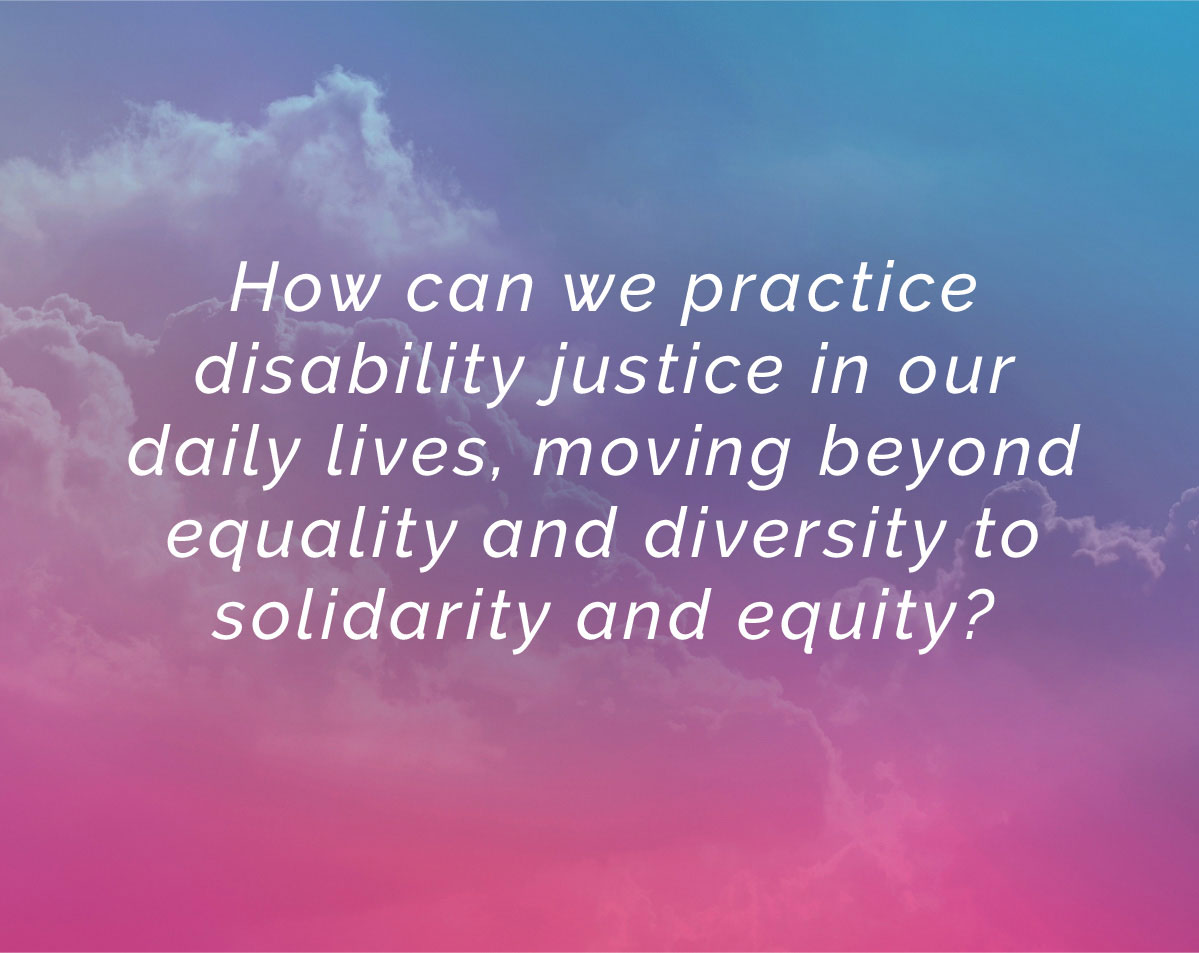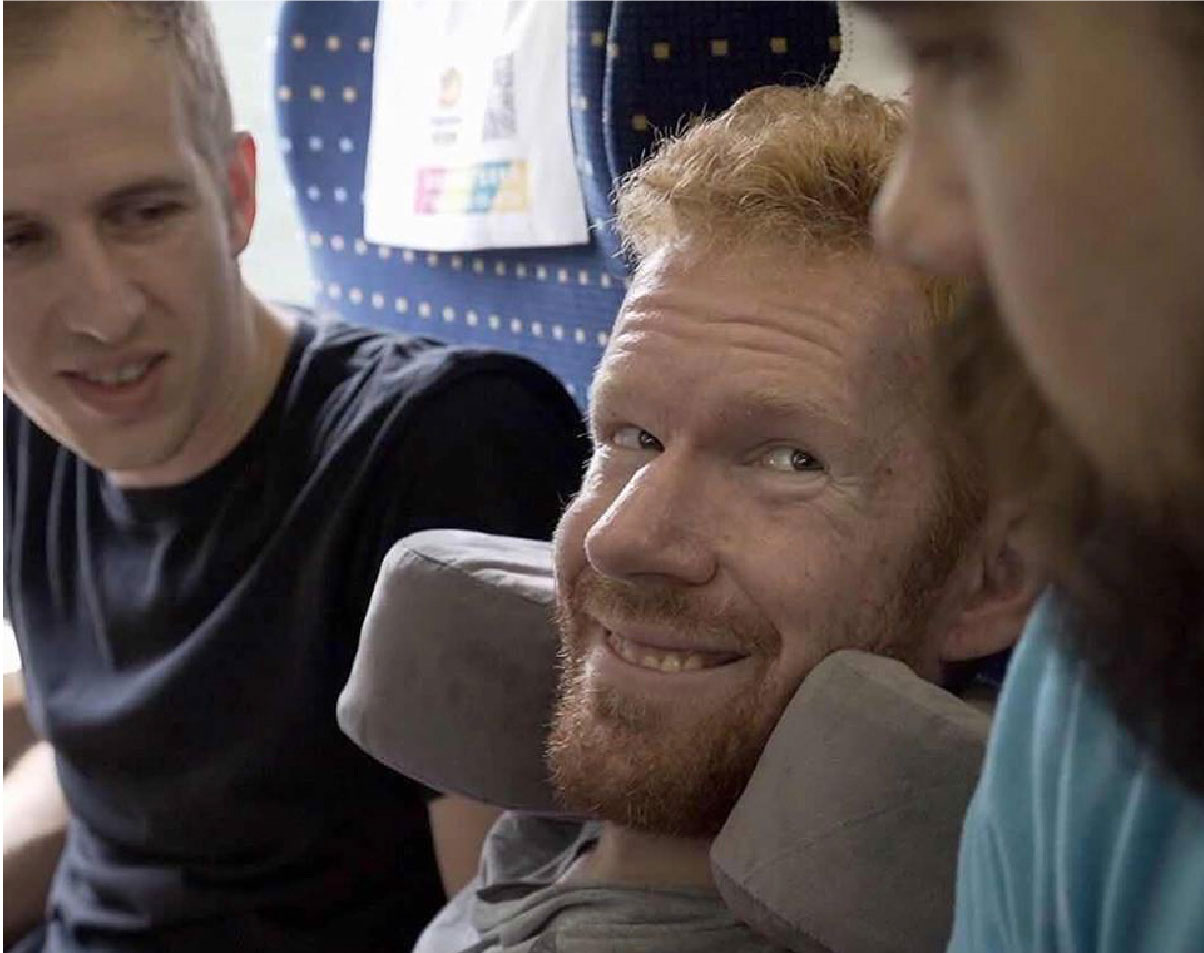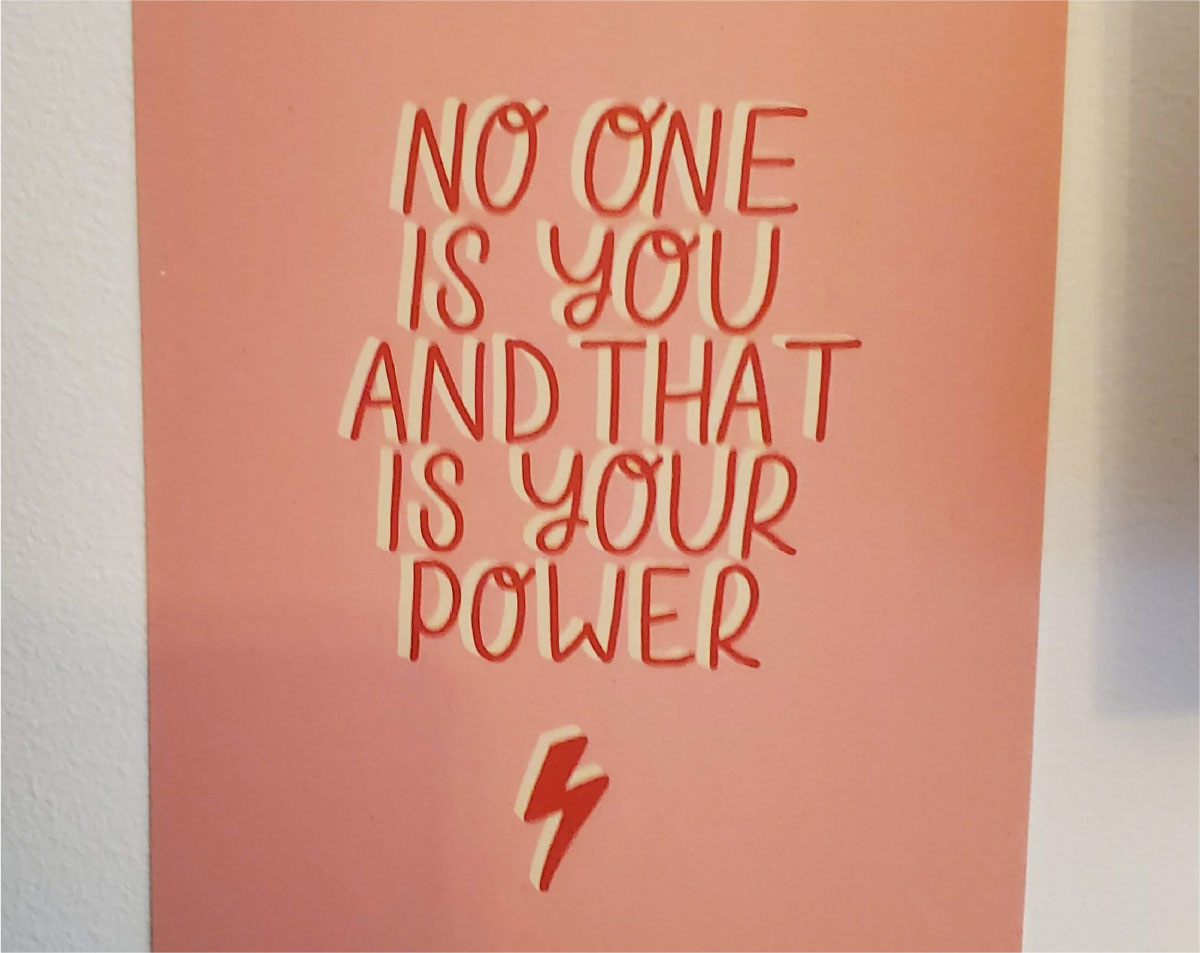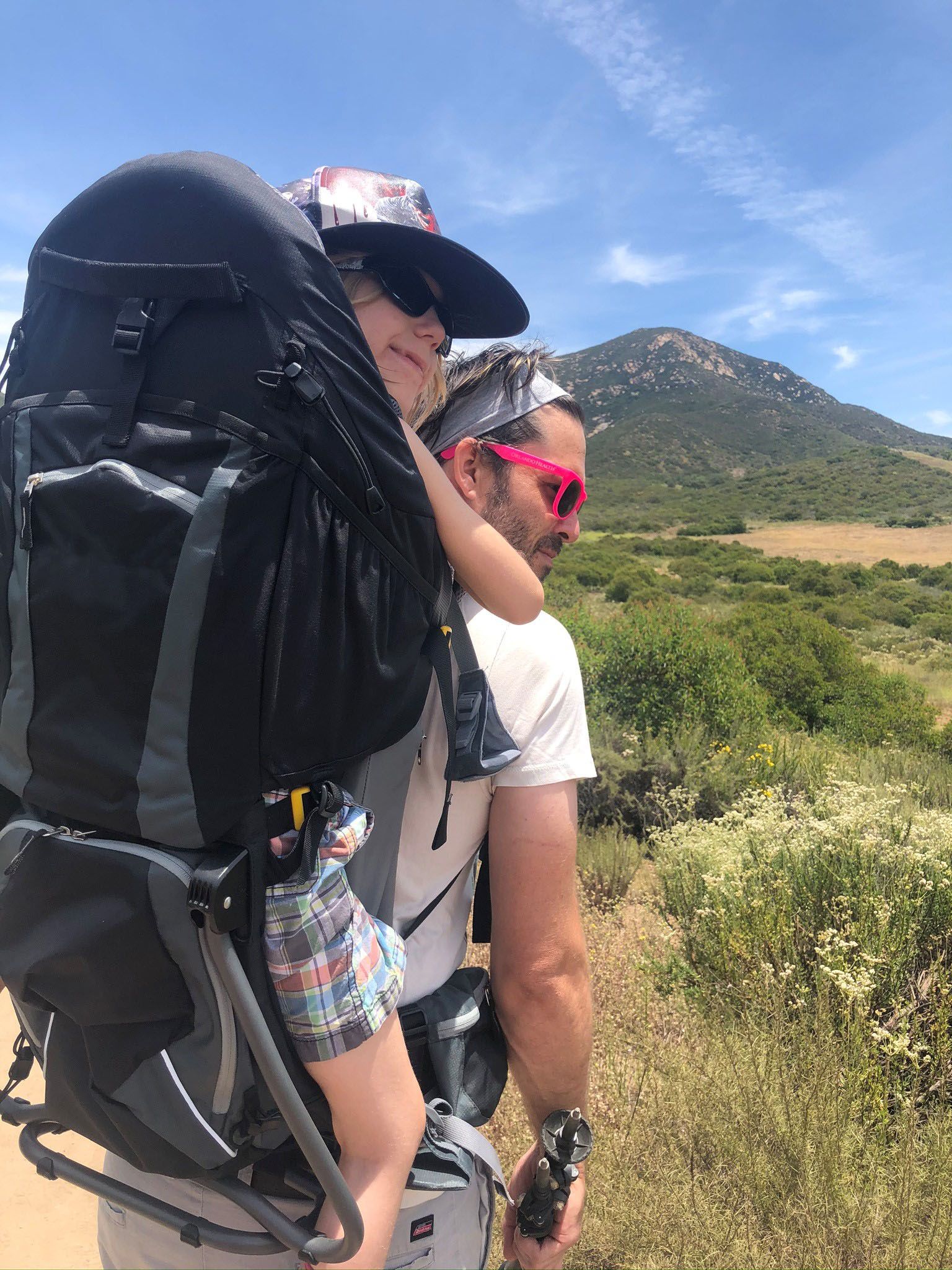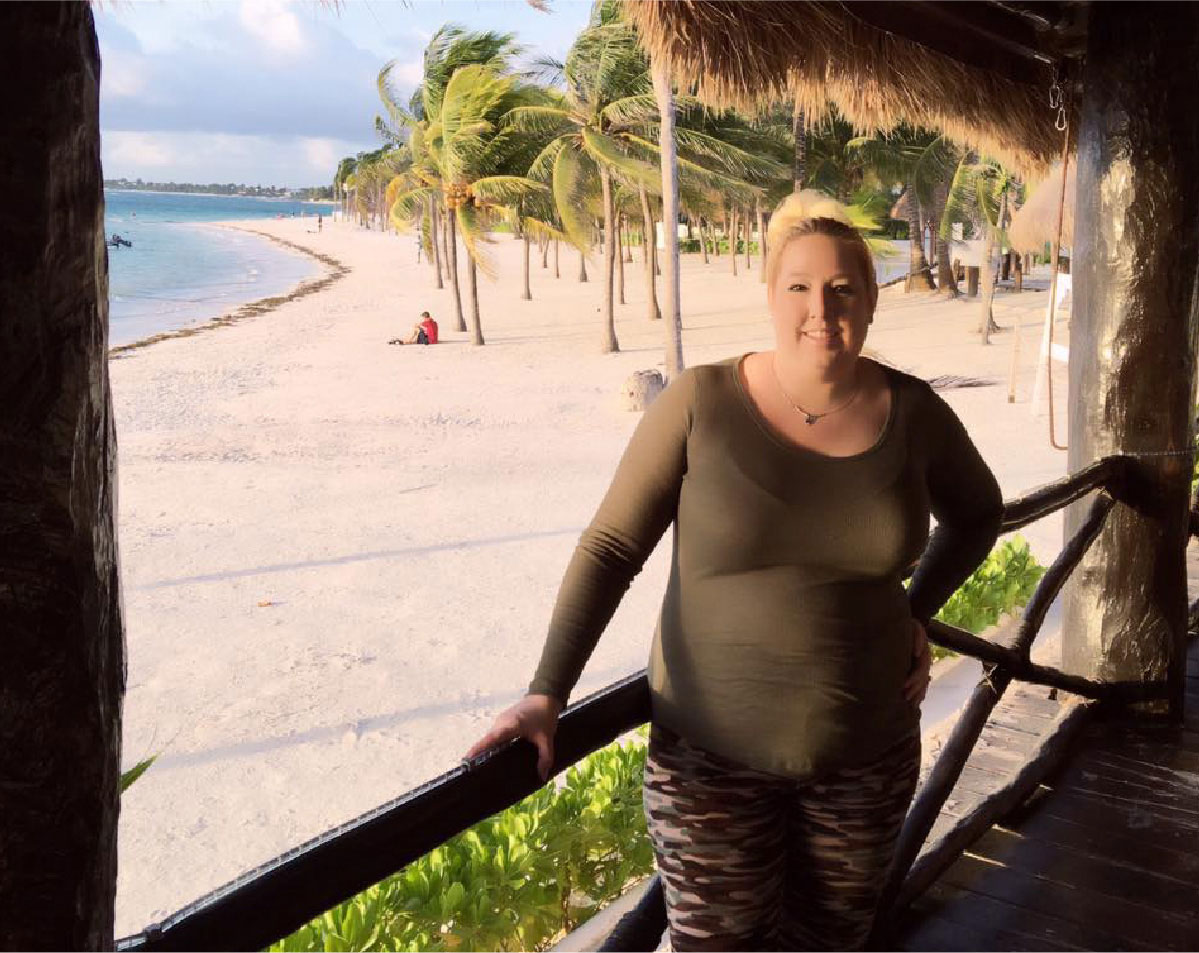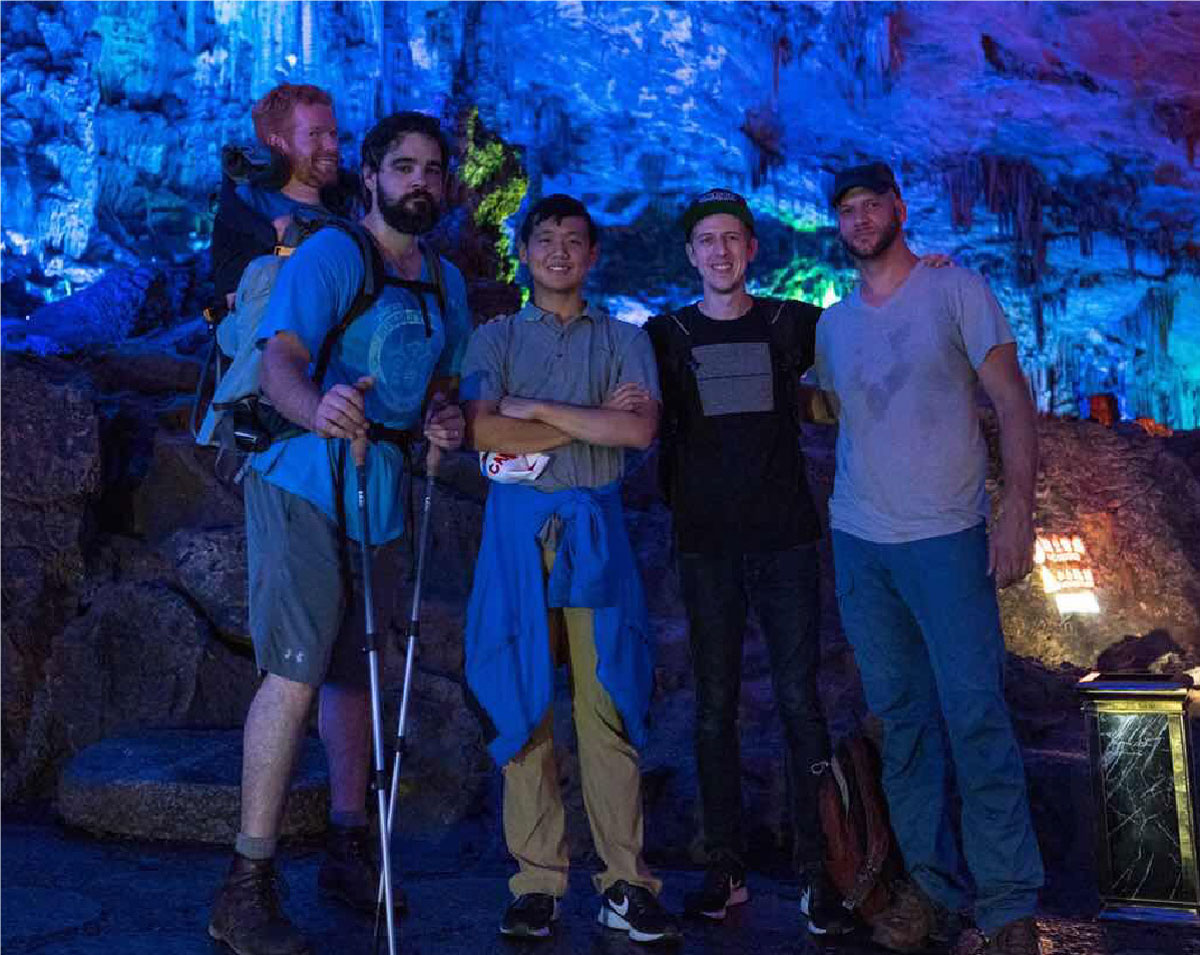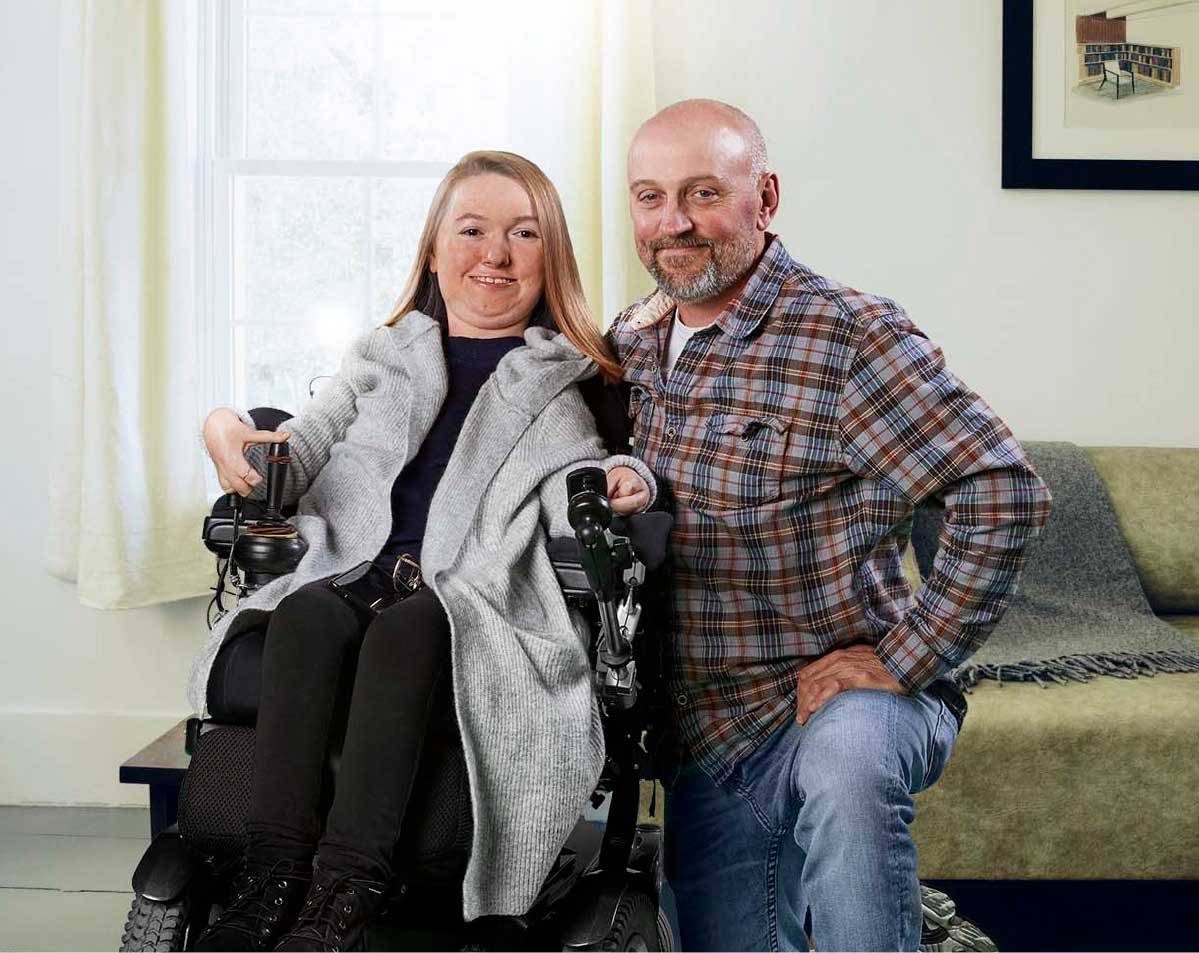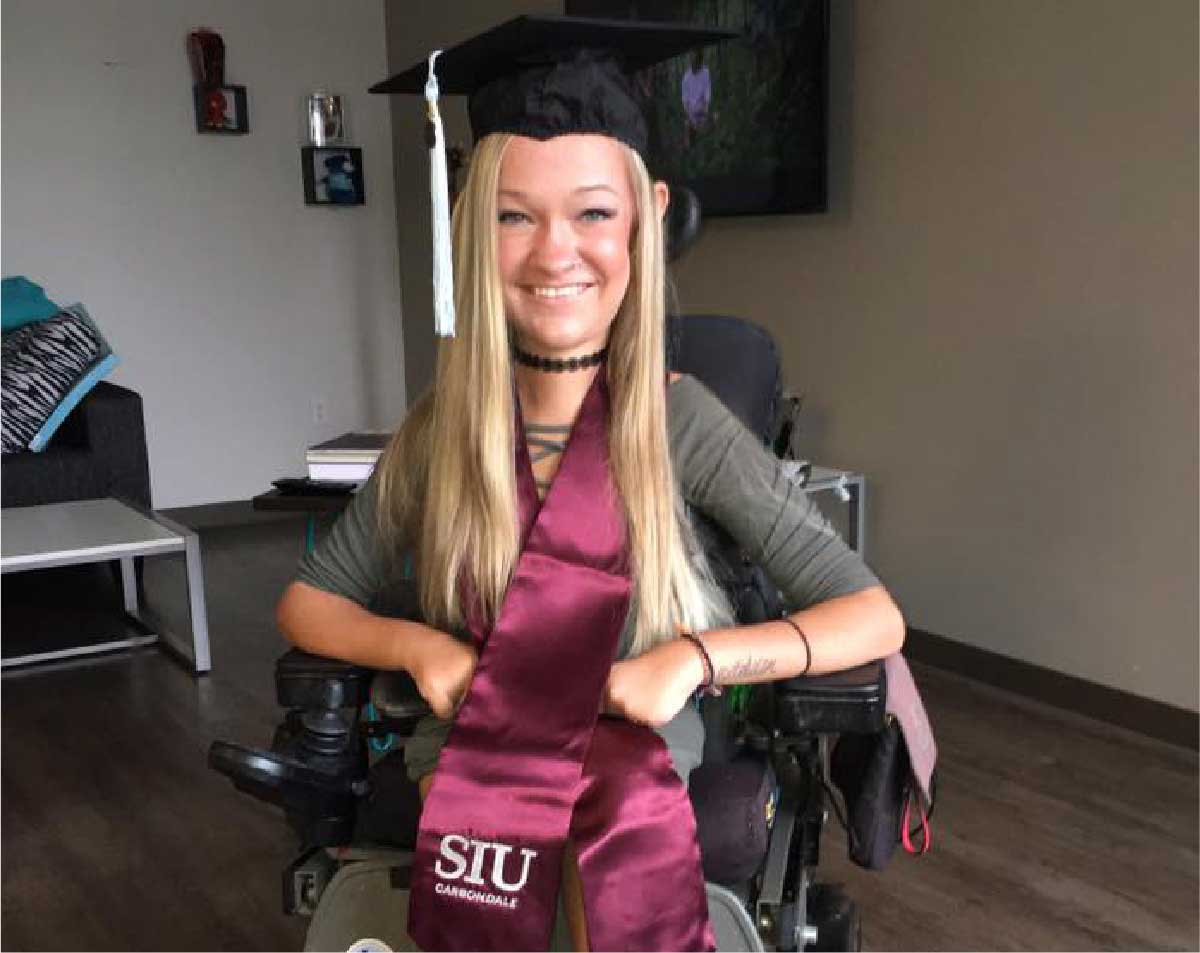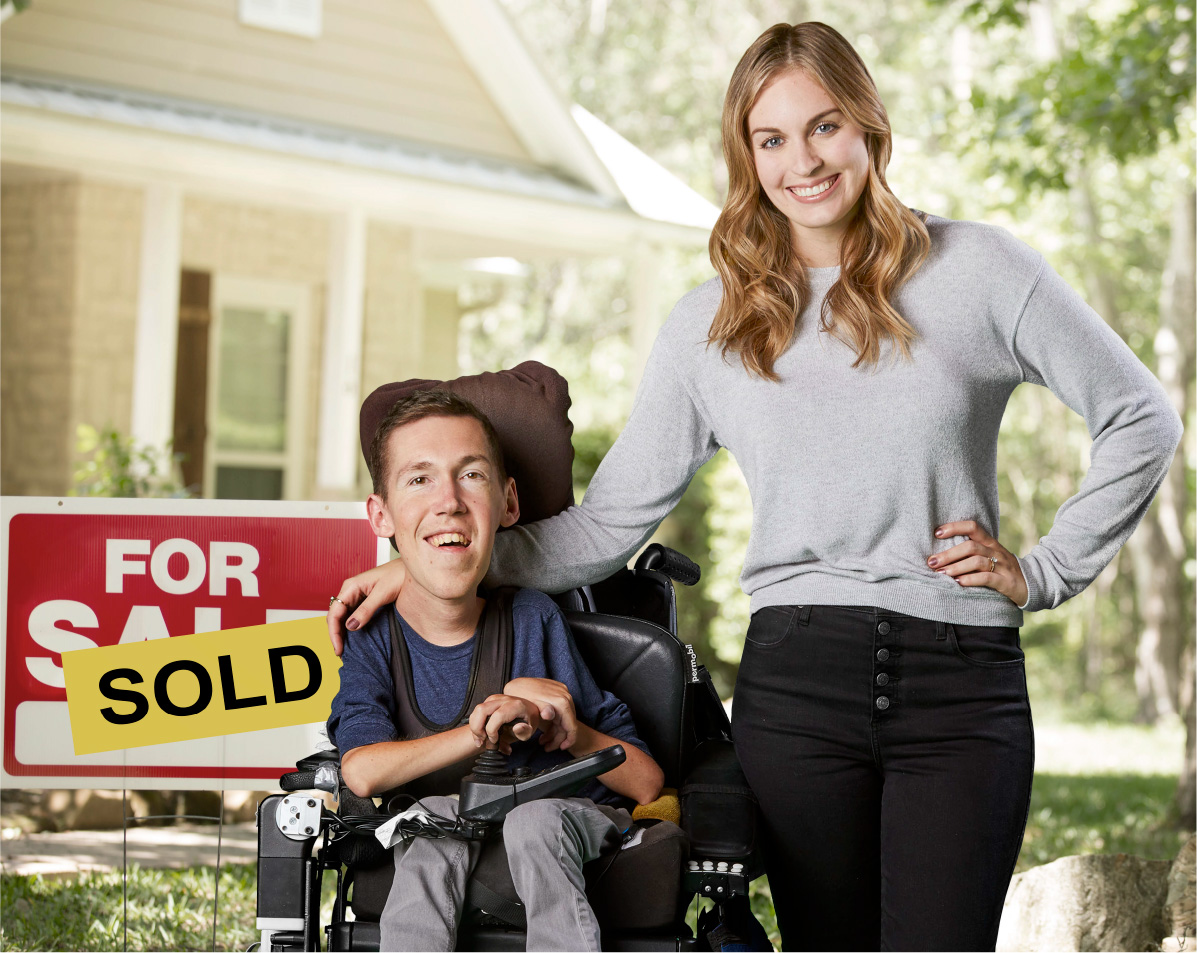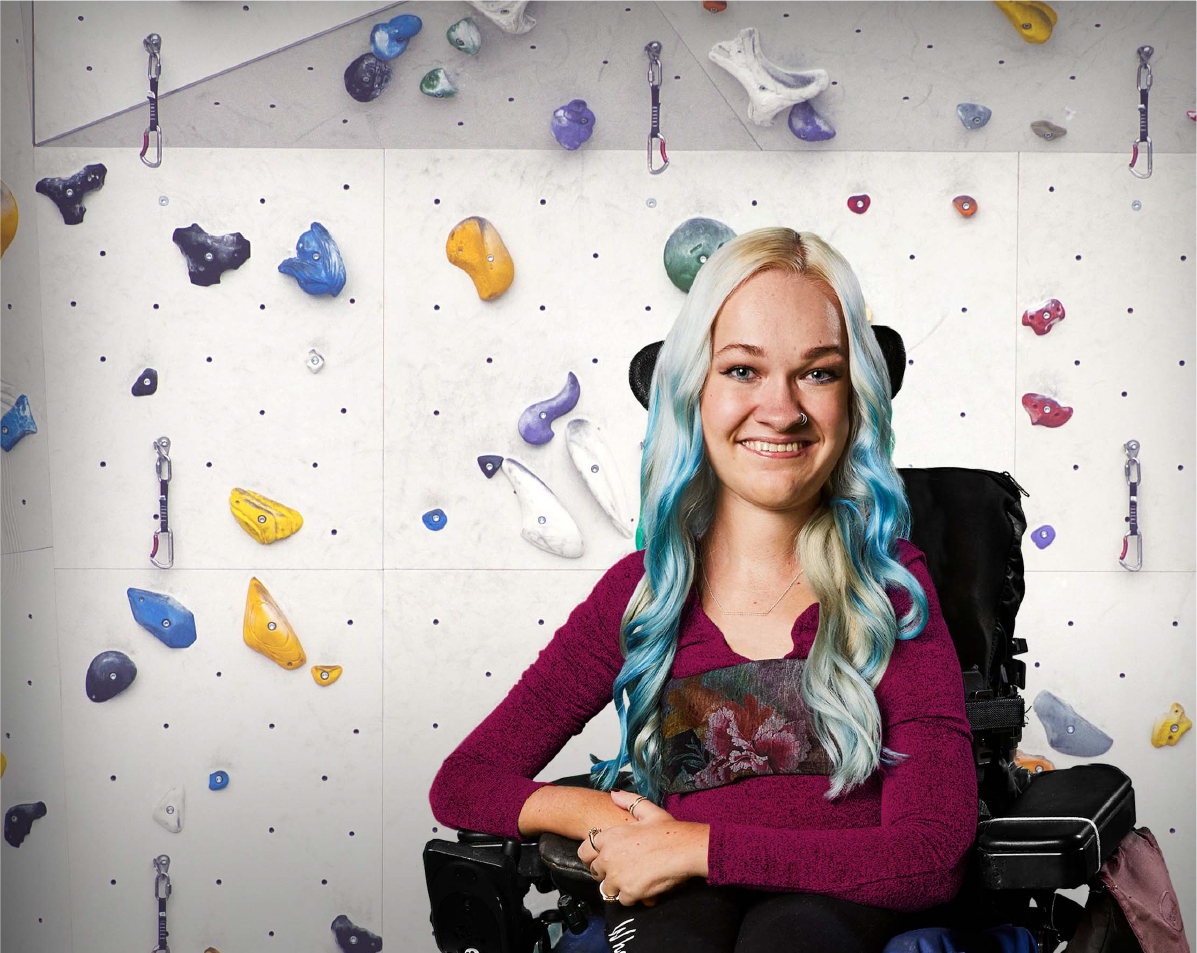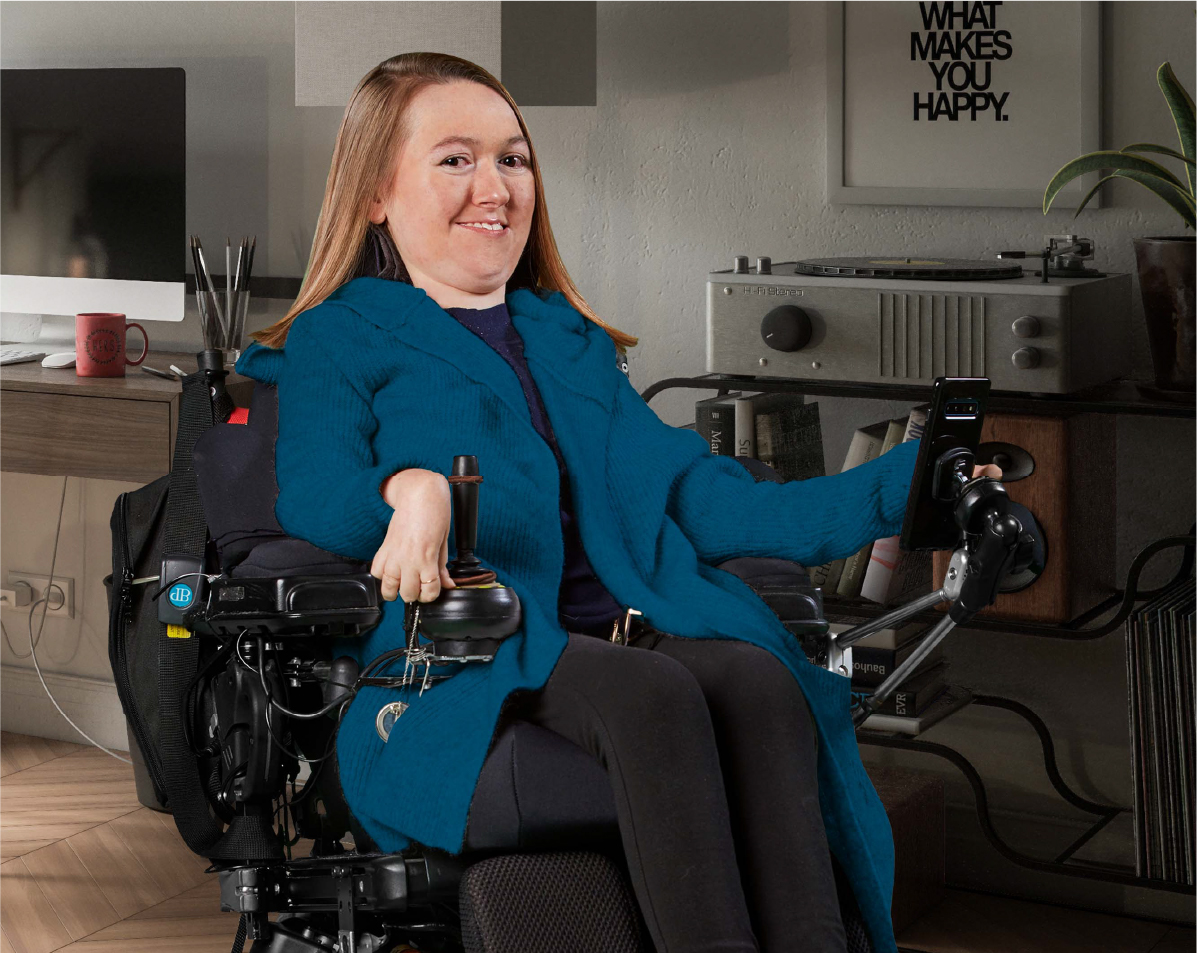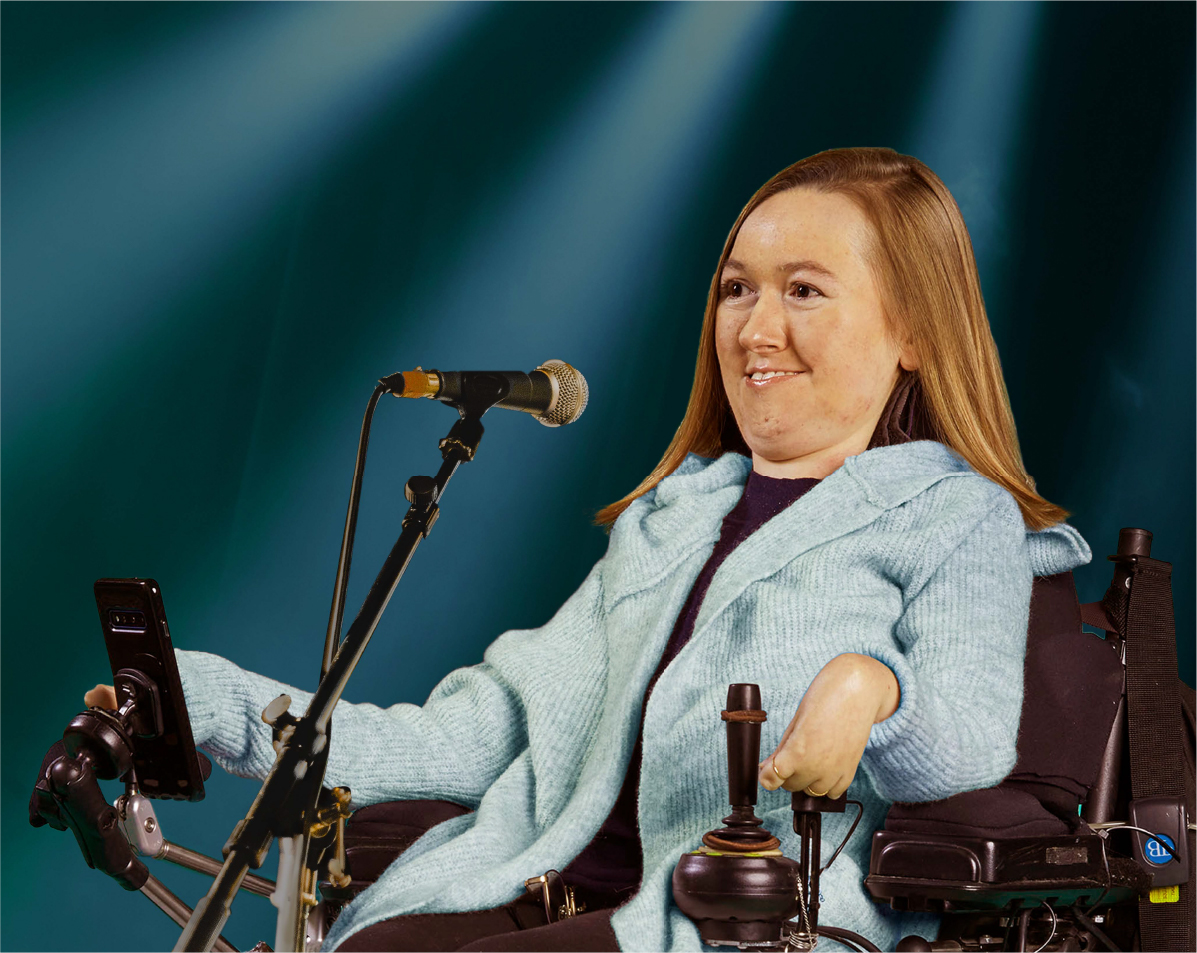My dad and I can talk without talking. All I have to do is grunt, or quirk a brow, or wrinkle my nose, and my dad is on his merry way. We often joke that we have spent too much time together. If we can read each other’s mind, something’s got to give, if only to preserve our sanity.
I live in his house. I eat his food and am responsible for probably 50 percent of our household’s electricity bill. Approximately three times a night, he drags himself out of bed to adjust me in my bed. Sometimes he gives me, his grown daughter, a shower.
Our situation is complex, to say the least. It’s infuriating, but also life-giving, and is a relationship that defies categorization. How do you explain to your therapist that, yes, your dad drives you out of your mind, but he is also one of the few things keeping you alive?
Boundaries are a buzzword these days – interpersonal rules, limits or guidelines that keep relationships healthy. Without boundaries, you’re a dog with no leash, digging under fences and crossing roads at peak traffic times. Without boundaries, you will either burn out or get hurt.
Boundaries are crucial in caregiving relationships, especially when your caregiver plays a dual role. Imagine if your best friend from high school was also your professional caregiver. What would you do if they didn’t show up for work one morning? As their friend, you might be tempted to let it slide. But as their “employer,” you expect them to be accountable, dependable, like any other employee. In this scenario, boundaries would delineate what is and is not acceptable. You might say, “I value your friendship, but I expect you to take responsibility for your actions and treat this like any other paying job.”
Now imagine that your best friend and caregiver is also your dad. How do you navigate that conversation?
It’s not easy. I won’t pretend that I’m an expert. But it helps to acknowledge that boundaries are hard, no matter the situation. It will always feel a little bit uncomfortable, like you’re overstepping in some necessary way.
I always seem to have boundary conversations around our dining table. My feet are in my mom’s lap, my dad is sitting to my left, and I’m staring at a half-empty plate of chicken and mashed potatoes. If history is anything to go by, I’m crying and feeling stuck between adolescence and adulthood because I need my parents more than most people my age.
I leave these conversations feeling wretched. My parents are my best friends. We’re closer than we probably should be. The last thing I want to do is complicate our lives by drawing a line in the sand and saying, “I’m still your daughter, but I’m also an adult. We need to work together, so I can start acting like one.”
But I can say from experience that parents need boundaries, too. Starting the conversation is hard but worth it. Ultimately, you all benefit.
